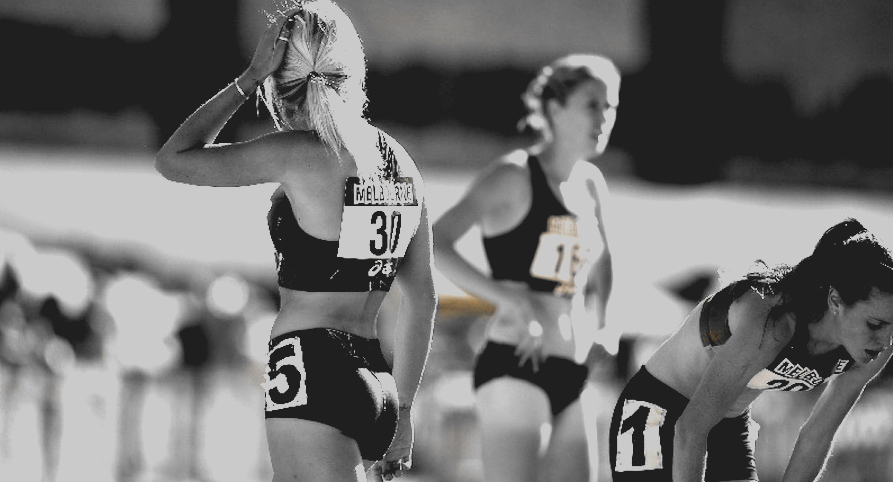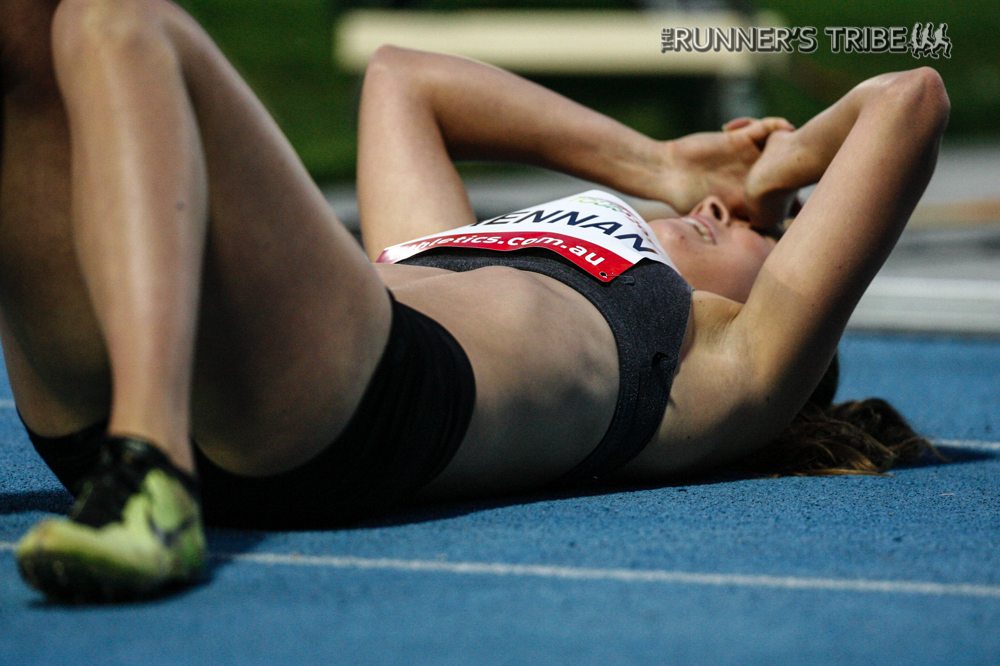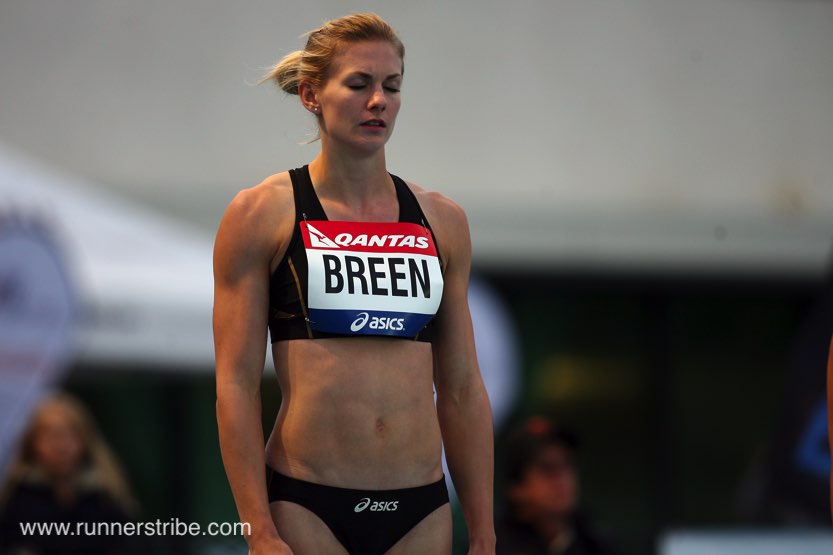By Daniel Quin – Runner’s Tribe
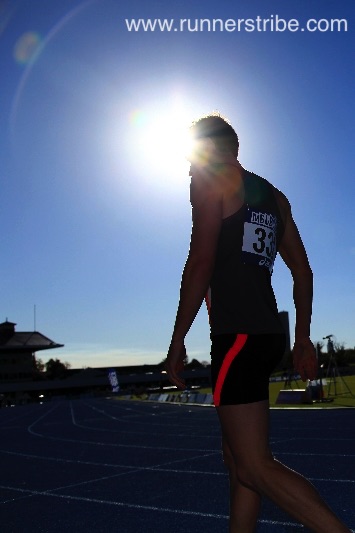
Reinjury anxiety or worry may be well-placed because it is stressful to balance a quick return to full training vs overdoing it and having a reinjury. Even more concerning is that anxiety can contribute to physical tension or loss of confidence. Which in turn can contribute to further injury or diminished performance. A vicious cycle!
Usually athletes work through this balance with the help of a physiotherapy program, including a patient return to training and racing. But sometimes the reinjury anxiety is irrational and athletes find themselves not fully committing to their training and racing. Athletes need to understand why their anxiety is rationale or irrational, sometimes with the help of a recognised sports psychologist or psychologist experienced in working with athletes. This type of technique is called cognitive behaviour therapy.
For example, if after diligently completing rehabilitation from a stress fracture, being pain free, and receiving the “all-clear” from a physiotherapist or doctor and you are still holding back due to worry about re-injury, then this is an irrational thought. You may get reinjured but this is not a logical reason for not increasing your training kilometers gradually. We shouldn’t live our life based on unlikely bad luck occurrences.
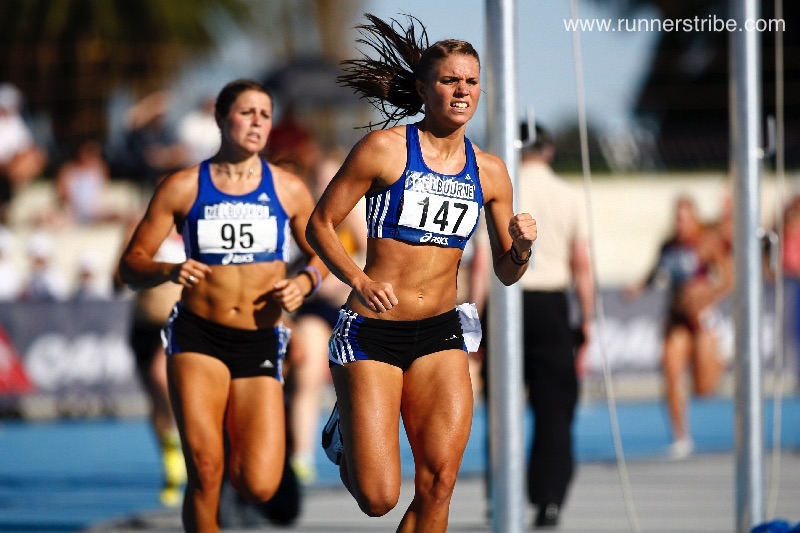
Physiotherapists are brilliant at prescribing progressive overload. But the skill of the physiotherapist, coach, and athlete is to tailor the overload to ensure not only a full range of motion and strength, but also confidence. When an athlete has a bank of recent training that they can remember easily they are more able to replace an irrational thought. Rather than holding back under pressure the confident athlete automatically recalls rationale, positive thoughts and fully commits to his or her training and racing.
Another important point is the specific reinjury anxiety. A psychologist can help an athlete discuss his or her fear/ worry/ anxiety/ demon/ nerves/ caution, etc. openly so that their coach can tailor the training. One athlete with a quadriceps injury may need more repetitions at 62 – 60s/ 400m before stepping down to the 56 – 58s range. Another athlete, with the same injury, may be worried about producing a 60s lap under fatigue at the end of a race. (A similar topic for another article is specific anxiety around illness, poor sleep, missing the start, etc.)
In part, some of this irrational vs rationale is experience. Experienced athletes learn what is a niggle that indicates the beginning of an injury and what is a niggle that should be mostly ignored. A training diary can help in this regard. It can be reassuring and educational to look back at training notes. For example, athletes may learn that soreness after the first track session in a few months is normal, goes away after three days, and is not really worth worrying too much about. Others may see a sore calve as the beginning of a strain.

But even experienced athletes have trouble with irrational anxiety about reinjury. Following are four psychological techniques for addressing reinjury anxiety.
- Cognitive Behaviour Therapy
Write down in one column all your worries about reinjury (be specific).
In the column next to that honestly and objectively work out how likely this is to occur.
In a third column list all the objective evidence you have that reinjury is unlikely. E.g., physiotherapist gave okay; diligent rehabilitation; successfully completed sessions at race pace, etc.
The purpose of this simple exercise is to hopefully help you see that your worry is overstated or even irrational. And then focus and become more aware of the many rational reasons injury won’t reoccur.
It is possible that the athlete comes to the conclusion that injury anxiety is rationale (!). In which case more rehabilitation may be required.
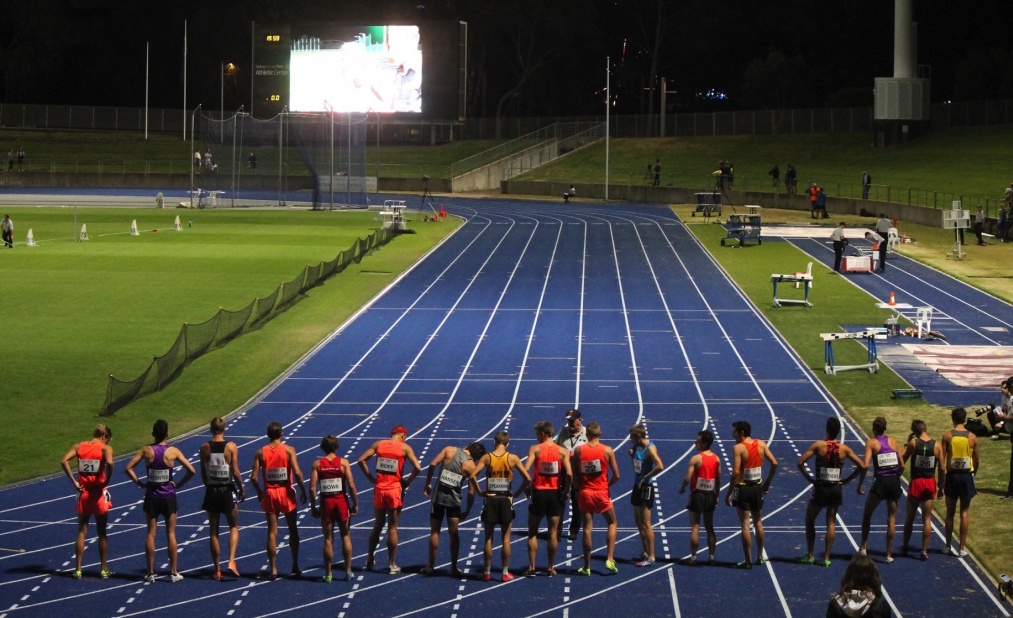
- Visual imagery
Pole vaulters often have a fear of reinjury after a vaulting accident (I would argue that this is rational!). Steve Hooker used visual imagery to help him overcome his mental demons. It is more complex than a brief explanation but it involves developing very a clear, detailed “video” in your mind of you successfully completing a skill or activity. Under pressure the athlete practices recalling this video or mental picture.
- Mindfulness
Injury is often associated with idle time – perfect for the mind to wander and worry! This excessive worry doesn’t help. Some athletes keep themselves busy with study, chores, etc. But this often isn’t possible in the lead up to a race, session, or going to sleep. Some athletes practice mindfulness to be more present. Smiling Mind is a free self-guided app that can help an athlete process their worries more effectively.
- Progressive Muscle Relaxation
Similar to mindfulness, progressive muscle relaxation (PMR) techniques can help an athlete become aware of muscle tension developing. As noted earlier athletes experiencing reinjury anxiety often become tense and will be at greater risk of reinjury. PMR teaches the athlete to relax. This is helpful not just for reinjury anxiety but also pre-race and session nerves.
In my next article I will address other “psychosocial impacts of injury” including:
- inability to return to pre-injury levels
- loss of athletic identity
- external pressure to return
END
About the Author: RT columnist Daniel Quin has run numerous Zatopeks, National XC’s, has raced in a Chiba Ekiden, and won a state 5000m and 15km title. In “retirement” he did a marathon. It hurt! He still runs a fair bit. Professionally Quin is a teacher and psychologist, and researching student engagement- Click Here to Learn more. But the best bit for Quin is being a Dad.


